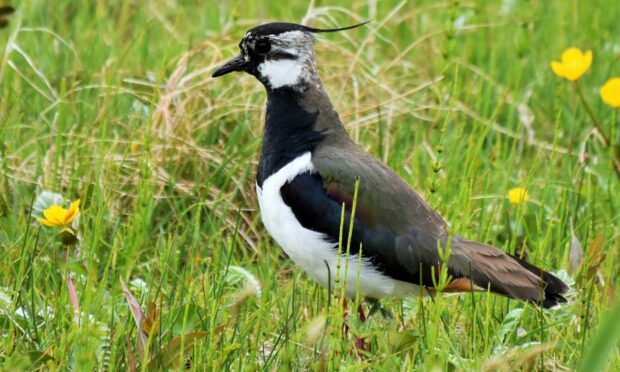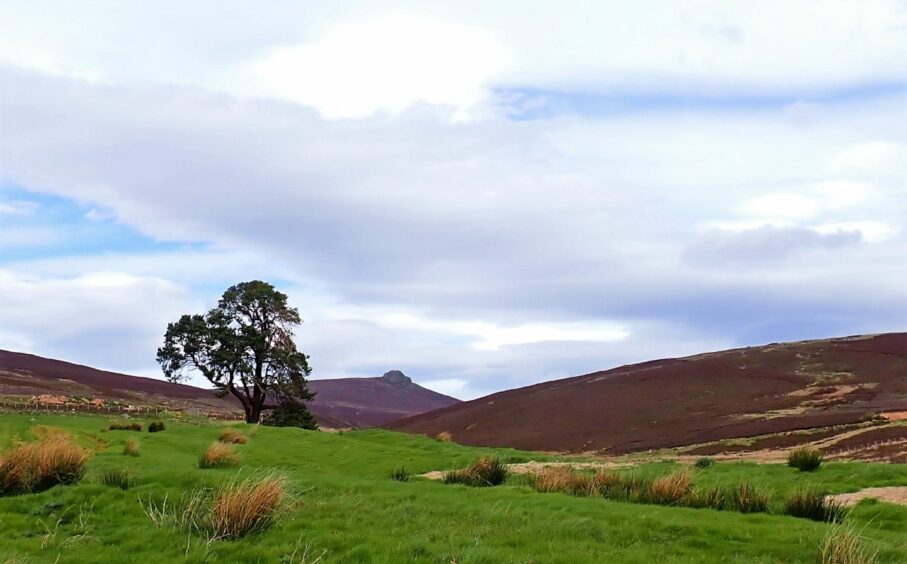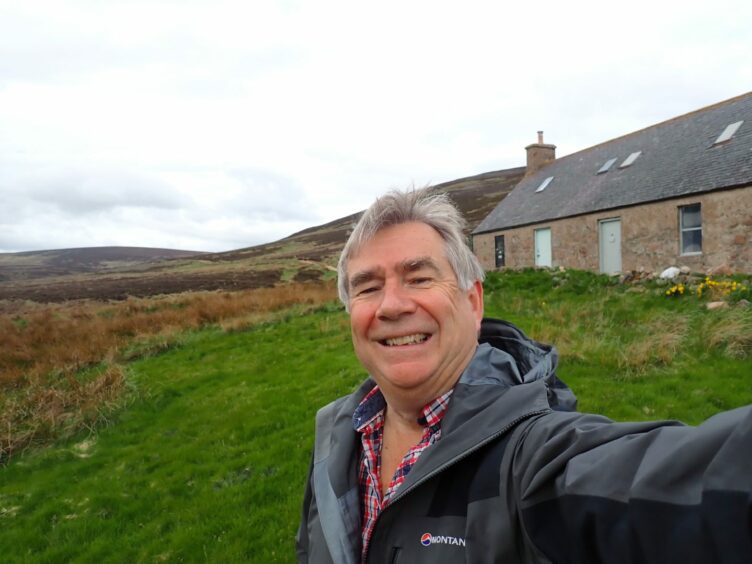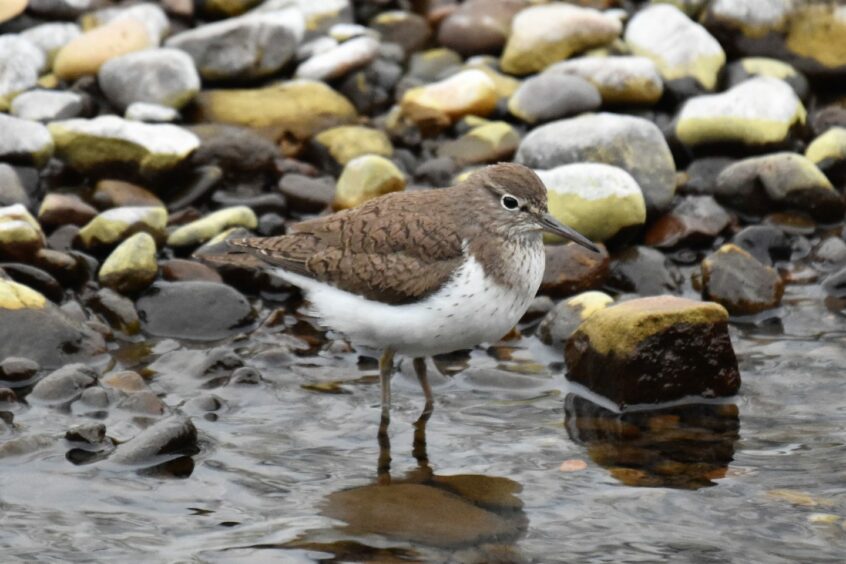Buoyed by wave of euphoria, the car crested the high top of Cairn o’ Mount between Fettercairn and Banchory and descended towards Glen Dye in what was an emotional homecoming to a sanctuary that lies at the very heart of my being.
For a period of 10 years from the mid-1980s onwards, I tramped on a regular basis every fold and tuck in the surrounding hills, including the tops of Meluncart, Mount Shade and the distinctive torr of Clachnaben.
Sometimes, I even ventured as far as Mount Battock, which overlooks Glen Esk.
I walked the glen in summer evenings and on dawn mornings and trod the heather moors in mid-winter when thick snow carpeted the ground.
On one winter’s day, I saw a large group of mountain hares sheltering on the leeside of Meluncart from the piercing wind, their white-furred bodies contrasting sharply with the dark peat hags.
I found slow worms by the Water of Dye, watched lekking black grouse in spring, and glimpsed merlins and golden eagles on the wild expanses of moorland.
Glen Dye once even acted as a comfort blanket where I sought solace to cry over matters of love, such was its spiritual hold.
Since then, I have only visited the glen once for a brief walk – the paradoxical reason being that such is my adoration of the place, there was an innate fear it would disappoint and fail to meet expectations.
Fortunately, I pushed aside such irrationality and mustered the courage to return once more.
I need not have worried, for it felt as if I had never left, such was the familiarity of its warm embrace.
Airborne activity
Wheatears flitted in the air ahead of me, their brilliant white tails catching the sun, and sandpipers flickered low over the Water of Dye.
A lapwing wheeled above in crazy fashion, his wings flopping randomly in a bizarre aerial display.
He tumbled in another wild pass that ended with a death-defying plunge, pulling-up at the very last second to alight on the ground, his magnificent long-plumed crest raised in excitement.
A large bird appeared in sky further away – an osprey making its way up the glen.
It was a wonderful coincidence, for I remember 30 years or so ago seeing an osprey in the very same spot, although at that time they were still rare.
A lapwing rose-up into the air to hound the osprey and send the raptor packing.
As a fish-eater, I don’t suppose ospreys present a threat to lapwings, but the shape of all birds of prey is wired into the genes of lapwings, so that they will instinctively try to chase one away.
Soon I reached Charr Bothy, which lies where the Waters of Dye and Charr meet.
I remember there was a population of black-furred rabbits that once prospered in this area, a genetic anomaly probably caused by isolation.
I recall also seeing a hen harrier flying low over here – the memories, oh yes, the wonderful memories, and tears began to well in my eyes.




Conversation